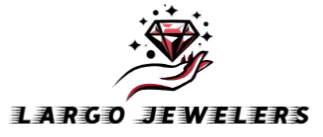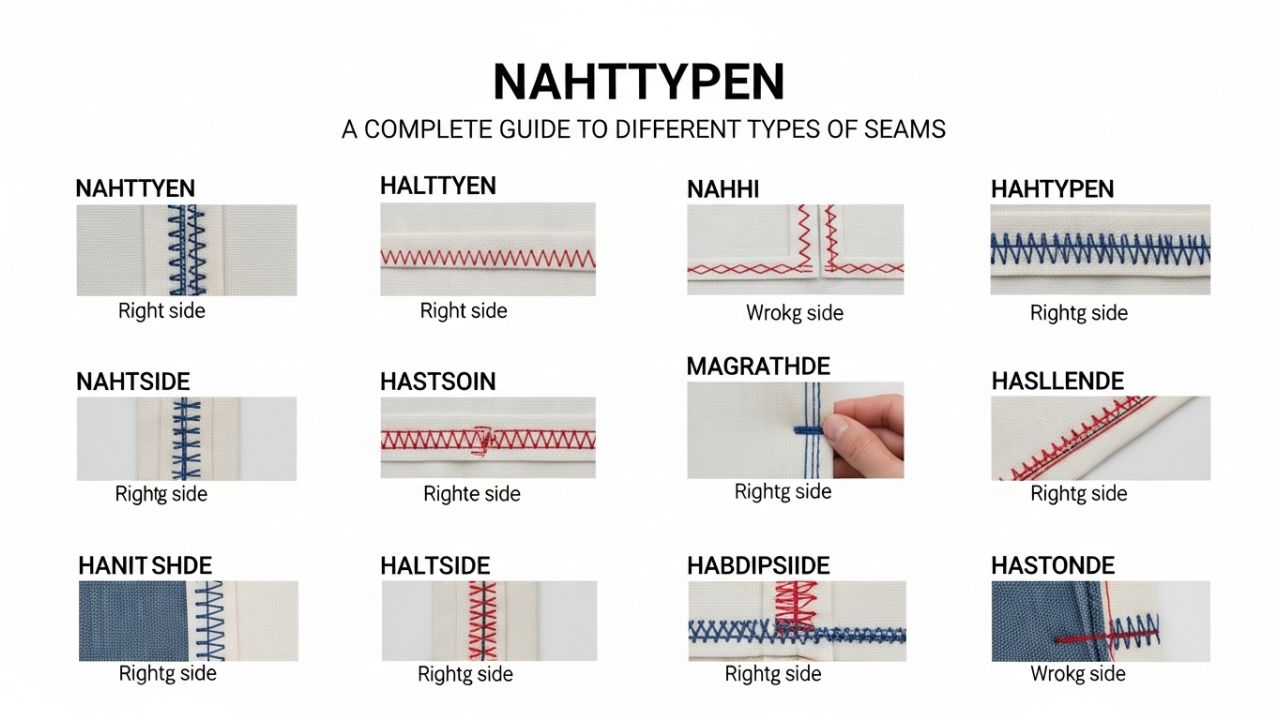When it comes to sewing and garment construction, understanding various Nahttypen which means “types of seams” in German is essential. The seam is what holds fabric pieces together, providing structure, shape, and durability to every textile creation. Choosing the right Nahttyp (seam type) can determine how strong, flexible, or visually appealing your project will be.
In this article, we’ll explore the most common Nahttypen, their features, uses, and how to select the perfect seam for your fabric and purpose.
What Are Nahttypen?
The word Nahttypen refers to the different ways fabrics can be joined through stitching. Each type of seam has a specific function some offer strength and reinforcement, while others are meant for decoration, flexibility, or clean finishing.
Different fabrics require different seams. For instance, a stretchy fabric like jersey needs a seam that moves with it, whereas a thick denim fabric demands a strong, non-stretch seam. Understanding these Nahttypen helps ensure that your final product is both functional and beautiful.
Why Choosing the Right Nahttypen Matters
Selecting the proper seam type isn’t just about looks it’s also about longevity and comfort. Here’s why the right Nahttypen are so important:
-
Durability: The right seam ensures your clothing can withstand stress and washing.
-
Comfort: Some seams lie flat and feel smooth against the skin.
-
Appearance: A well-chosen seam gives garments a professional, clean finish.
-
Functionality: Certain seams allow stretch or flexibility, while others are waterproof or decorative.
When you understand seam types, you can take your sewing skills to the next level.
Common Nahttypen and Their Uses
There are dozens of seam types used in sewing, but here are the most important Nahttypen every beginner or advanced sewer should know.
1. Straight Stitch Seam (Geradstichnaht)
The straight stitch seam is the most basic and widely used among all Nahttypen. It consists of a single line of straight stitches that works best with woven, non-stretch fabrics.
Advantages:
-
Very strong and simple to sew
-
Great for straight lines and edges
-
Ideal for cotton, linen, or denim
Typical uses:
Pants, shirts, pillowcases, and tablecloths.
2. Zigzag Seam (Zickzacknaht)
The zigzag seam is one of the most flexible Nahttypen, known for its stretch and versatility. It is ideal for elastic materials and helps prevent fabric edges from fraying.
Advantages:
-
Flexible and stretchable
-
Perfect for stretchy or knitted fabrics
-
Can be used decoratively
Uses:
Sportswear, leggings, underwear, and swimwear.
3. Overlock Seam
The overlock seam is a professional Nahttyp that trims, sews, and finishes the edge all at once using an overlock machine. This seam is common in factory-made garments because it saves time and creates clean results.
Advantages:
-
Seals fabric edges perfectly
-
Saves time by combining three steps
-
Stretchy and strong
Uses:
T-shirts, hoodies, activewear, and knit fabrics.
4. French Seam
The French seam is one of the most elegant Nahttypen, often used for lightweight or sheer fabrics. It encloses the raw fabric edges completely, giving a clean and professional inside finish.
Advantages:
-
Hides fabric edges neatly
-
Very durable and refined
-
Ideal for delicate fabrics
Uses:
Silk blouses, chiffon dresses, and fine bed linens.
5. Flat-Felled Seam (Kappnaht)
Among the strongest Nahttypen, the flat-felled seam is known for its double stitching, making it perfect for heavy-duty clothing. It’s commonly seen on jeans and workwear.
Advantages:
-
Extremely strong and long-lasting
-
Neatly finishes both sides of the fabric
-
Withstands heavy use
Uses:
Jeans, jackets, uniforms, and outdoor wear.
6. Flatlock Seam
The flatlock seam is a modern, stretchable Nahttyp used mainly in athletic and functional clothing. It lies flat against the skin, preventing chafing and irritation.
Advantages:
-
Comfortable and flexible
-
Visually decorative
-
Great for stretch fabrics
Uses:
Sportswear, yoga clothing, underwear, and swimwear.
7. Blind Stitch Seam
The blind stitch seam is designed to be nearly invisible. It’s used mainly for hemming and finishing elegant clothing where visible stitches would distract from the design.
Advantages:
-
Invisible on the outside
-
Produces a clean, tailored look
-
Professional appearance
Uses:
Dresses, skirts, suits, and formal wear.
How to Choose the Right Nahttypen
Choosing the right Nahttypen depends on several factors:
-
Fabric Type:
-
Stretchy fabrics → Zigzag or Overlock seams
-
Non-stretch fabrics → Straight or Flat-Felled seams
-
-
Purpose of the Project:
-
Everyday wear → Strong seams like Kappnaht
-
Elegant clothing → French or Blind seams
-
-
Appearance:
-
Decorative → Zigzag or Flatlock
-
Invisible → Blind stitch
-
-
Durability:
-
Heavy use → Flat-felled or Overlock seams
-
Before sewing, it’s always wise to test your chosen Nahttyp on a scrap piece of the same fabric.
Modern Sewing Machines and Nahttypen
Today’s sewing machines make experimenting with different Nahttypen easier than ever. Even basic machines offer several built-in stitches, while advanced models can simulate professional seam types.
If you frequently work with stretchy or knit fabrics, consider adding an overlock machine or coverstitch machine to your setup for a polished finish.
Tips to Keep Seams Durable and Clean
To maintain the quality of your chosen Nahttypen, follow these care tips:
-
Always use high-quality thread to prevent breakage.
-
Match the needle size to your fabric thickness.
-
Wash garments on gentle cycles to avoid seam stress.
-
Press seams properly with an iron to maintain shape and structure.
These small habits make a big difference in the longevity and look of your projects.
Conclusion: Mastering Nahttypen for Professional Results
Understanding Nahttypen is one of the most valuable skills any sewer can develop. Each type of seam has its own strengths some are decorative, others are purely functional. By choosing the right one, you can make your garments more durable, comfortable, and visually appealing.
Whether you’re an absolute beginner or an experienced dressmaker, experimenting with different Nahttypen will help you achieve professional-quality results and elevate your sewing projects to the next level.

